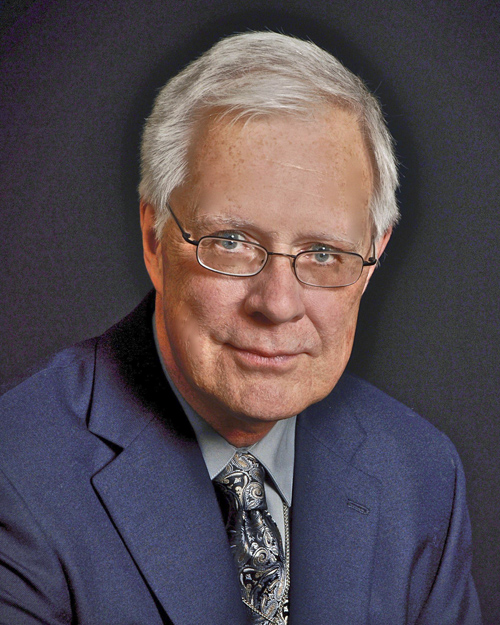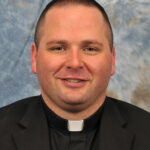By Greg Cusack
On a Monday in September, the day began with clear skies, beautifully blue and sunny, and with calm winds. As it was in the upper 80s by afternoon, all three of the grandchildren in Portland (another grandchild is in Chicago) came over with their parents to swim in our swimming pool. They brought their recently acquired puppy, an adorable Labradoodle, and she ran and played in the grass of our backyard lawn while the kids splashed and swam in the pool.

Around 4:30 p.m. or so, one of the children pointed to the east skies and asked, “Mom, is that the windstorm?” A column of dirty orange smoke/cloud was advancing towards us. For three days and nights, we had constant winds whistling out of the gorge that were extremely dry, hot and high. They raged with a steady wind of 30-35 mph with frequent gusts of 40-55 mph. While there had already been some fires burning in Oregon, they had been relatively small. Now they exploded, and I suspect you know the rest as well as I do. By the time the winds died down three days later, the damage had been done.
Then came the dense smoke, creating extremely hazardous conditions for everyone and not just those with compromised immune systems or other medical conditions. “Good air,” that most of us enjoy most of the time, has an air-quality index of 50 ppm or less. Our air was in the 450-520 ppm range for days.
Over the latter part of the week and into the weekend, we watched in horror as the fires spread rapidly, first threatening, and then overrunning, several communities in the state. They also came very near to Portland. Major fires were minimally contained and just 30 miles to the south. As the evacuation warnings crept ever close to us, I found myself wondering just what “essentials” I would attempt to take with us should we have to evacuate.
In addition to the possibility of losing our home, with all of the “things” we have gathered and cherished over the years, I had to compile a triage list of what would possibly fit into our car besides food, water, Tim the cat, and some changes of clothes. With those things in, there was truly not room for much else.
I realized that almost everything else in our home would have to remain, vulnerable to fire and looters. So what must I take? Key documents, home and car titles, for instance, and our wills.
Some cherished photos of my family. The small crucifix on my desk that I received from my now-deceased aunt, Sister Clement (Dad’s sister), when I went away to Georgetown University in 1969. The battered “Short Breviary” I received with other members of the Young Christian Student (YCS) group from my lifelong friend and mentor, the late Msgr. Marvin Mottet in June 1960. The crucifix that mom and dad displayed between my late brother Bruce’s bed and mine in our home on Pine Acre in Davenport. And that was about it.
It was an interesting — but sad — process, a cleansing reminder that what I really need is actually relatively little, and that what really is important are Karen, Tim and reminders of lost family — all vital connecting points to life.
May we all be similarly focused with what time we have left. We don’t need stuff; we do need each other! Warts and all?
(Greg Cusack taught college, served on the Davenport City Council from 1969-73, and the Iowa House of Representatives from 1971-81. He then served as executive director of National Catholic Rural Life Conference from 1981 until late 1986. His public service continued in other areas until he retired as Chief Benefits Officer of the Iowa Public Employees Retirement System in 2004.)











